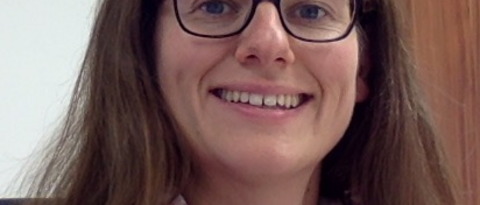Rumford Prize for Georg Nagel
04/16/2019
Controlling cells with light: Professor Georg Nagel has won another award for his contributions to the invention and refinement of optogenetics. He received the prize along with other laureates in the USA.
more





















